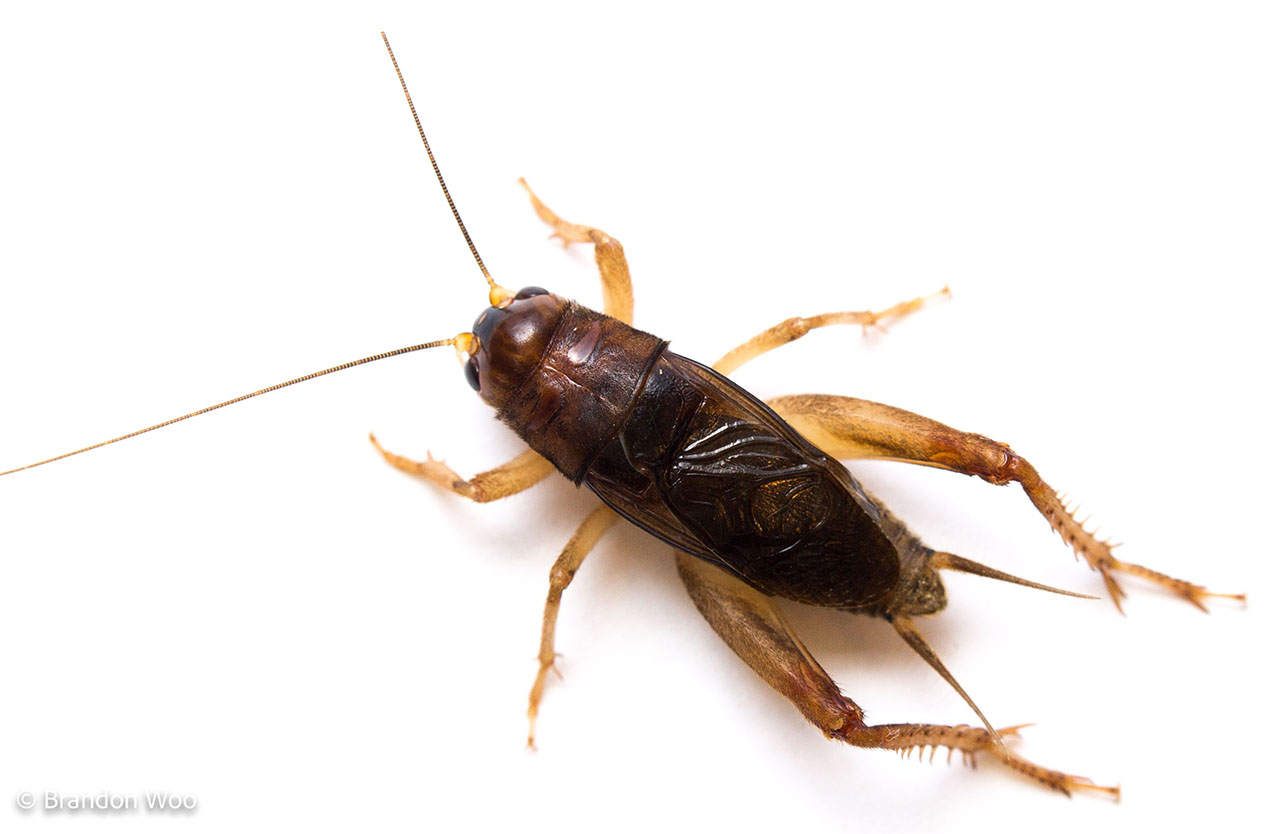For more than two years, a mysterious and possibly harmful noise, recorded at the US embassy in Cuba, has continued to baffle authorities.
After hearing the high-pitched and persistent racket, nearly two dozen American diplomats fell ill, experiencing a smorgasboard of cryptic symptoms, including headaches, ear pain, vertigo, nausea and hearing loss.
The event has been called a 'sonic attack', and investigators suspect it may have come about from some sort of ultrasonic weapon, blasting sound waves or microwaves.
In the end, however, this bizarre recording might have been a complete red herring. A fresh analysis by two scientists now suggests the strange noises may be nothing more than the chirping of crickets.
According to Alexander Stubbs of the University of California, Berkeley, and Fernando Montealegre-Z of the University of Lincoln in England, the noises actually belong to the Indies short-tailed cricket (Anurogryllus celerinictus), an insect infamous for its piercing squeals during mating season.
When the bizarre recordings were compared to this cricket's usual chirps, the two sounds matched "in nuanced detail", sharing the same rate of pulse and frequencies.
The only discrepancies were easily explained: after all, the diplomats made the recordings inside a house, while biologists usually record crickets in the wild.

This isn't to say that there wasn't a sonic attack, or that the diplomats' symptoms were entirely psychosomatic. There may very well have been some sort of dastardly interference that caused the whole event, but the recording probably had little to do with it.
Even though these crickets can cause quite the disturbance, emitting a continuous sharp trill, they probably don't have the power to cause humans any harm.
"There's plenty of debate in the medical community over what, if any, physical damage there is to these individuals," Stubbs, a researcher in integrative biology, told The New York Times.
"All I can say fairly definitively is that the A.P.-released recording is of a cricket, and we think we know what species it is."
For now, it's back to the drawing board.
This study was presented at the annual meeting of the Society of Integrative and Comparative Biology.
